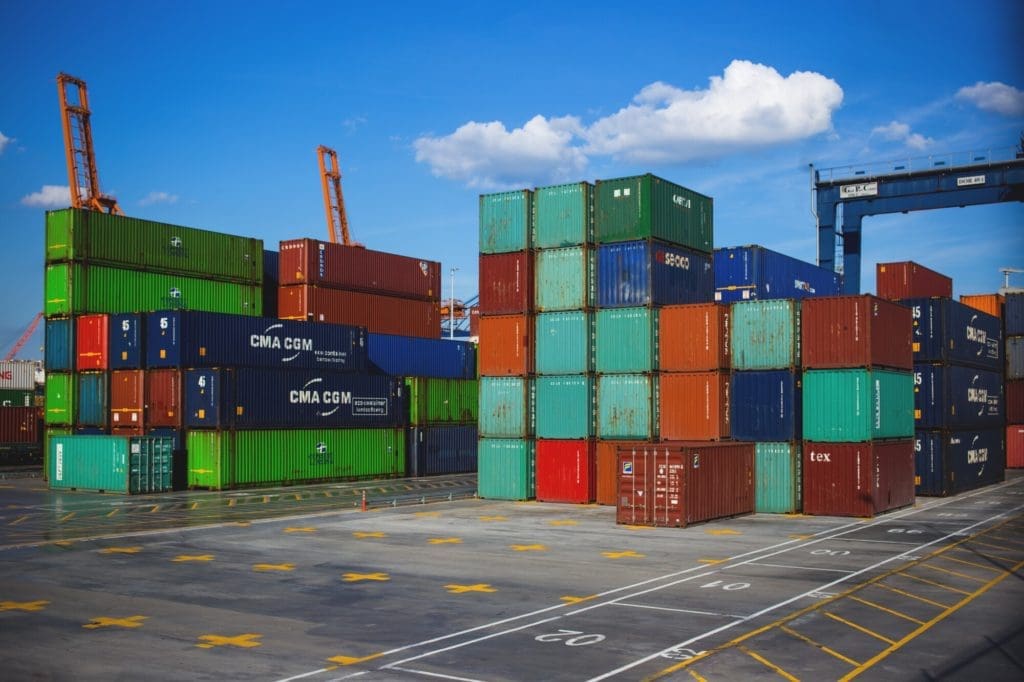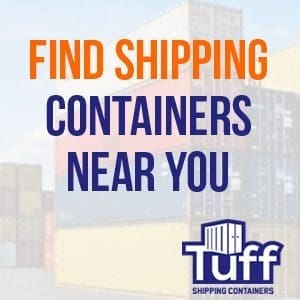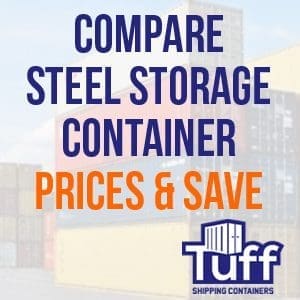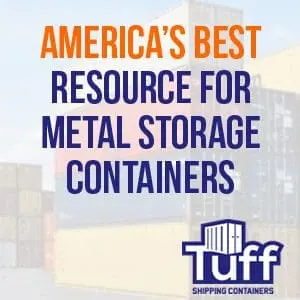
Understanding Shipping Container Dimensions: A Comprehensive Guide
Shipping containers are increasingly popular for a wide variety of applications, from storage and transportation to innovative construction projects such as container homes, offices, and pop-up shops. Understanding the dimensions of shipping containers is crucial for making informed decisions about their use and ensuring that they meet your specific needs. In this comprehensive guide, we’ll explore the various shipping container dimensions, as well as factors to consider when choosing the right container for your project.
Standard Shipping Container Sizes
Shipping containers come in various standard sizes, primarily based on their length. Here are the most common sizes you’ll encounter:
20-foot Shipping Containers
- External dimensions: 20 feet long x 8 feet wide x 8 feet 6 inches high (6.1m x 2.44m x 2.59m)
- Internal dimensions: 19 feet 3 inches long x 7 feet 8 inches wide x 7 feet 10 inches high (5.87m x 2.34m x 2.39m)
- Internal volume: Approximately 1,169 cubic feet (33.1 cubic meters)
20-foot shipping containers are the most common size and are widely used for transportation and storage purposes. They offer ample space for most residential and commercial needs, making them a popular choice for various applications.
40-foot Shipping Containers
- External dimensions: 40 feet long x 8 feet wide x 8 feet 6 inches high (12.2m x 2.44m x 2.59m)
- Internal dimensions: 39 feet 5 inches long x 7 feet 8 inches wide x 7 feet 10 inches high (12.04m x 2.34m x 2.39m)
- Internal volume: Approximately 2,385 cubic feet (67.5 cubic meters)
40-foot shipping containers provide double the length of a 20-foot container, making them ideal for larger storage or transportation needs. They’re also commonly used in container home and office construction projects, where additional space is required.
Other Container Sizes
In addition to the standard 20-foot and 40-foot containers, you may also encounter:
- 10-foot containers: These smaller containers are less common but can be useful for compact storage or transportation needs.
- 45-foot, 48-foot, and 53-foot containers: These longer containers offer even more space for storage or transportation, though they may be less readily available and more challenging to transport.


High Cube Containers: More Height for Your Needs
High cube containers are a popular choice for those requiring additional height for their storage or construction projects. These containers are typically available in 20-foot and 40-foot lengths, with an external height of 9 feet 6 inches (2.9m) – one foot taller than standard containers. This added height provides extra storage volume and can make a significant difference in construction projects, such as container homes, where increased ceiling height is desirable.
Factors to Consider When Choosing a Shipping Container
When selecting a shipping container for your specific needs, there are several factors to consider, including:
Intended Use
Consider the intended use of the container, whether it’s for storage, transportation, or construction. This will help determine the size and type of container that best suits your needs.
Space Constraints
Evaluate the space available at your site to ensure that the container will fit comfortably and can be easily accessed for loading and unloading. Be sure to allow for any necessary clearances or maneuvering space for trucks or cranes.
Budget
The cost of shipping containers can vary based on size, age, and condition. Be sure to factor in the cost of the container and any associated transportation or modification expenses when determining your budget.


The Cost of Shipping Containers by Size
The price of shipping containers can vary widely based on size, age, condition, and availability. Here’s a general overview of the cost of shipping containers by size:
- 10-foot containers: $2,500 – $4,000
- 20-foot containers: $3,000 – $5,000 (used), $5,000 – $8,000 (new)
- 40-foot containers: $4,500 – $7,000 (used), $7,000 – $10,000 (new)
- High cube containers: Add $500 – $1,500 to the price of standard 20-foot or 40-foot containers
Please note that these prices are approximate and can vary based on factors such as location, availability, and container condition. It’s essential to obtain quotes from multiple suppliers to ensure that you’re getting the best deal possible.
Buying vs. Renting Shipping Containers
When it comes to acquiring a shipping container, you have two primary options: buying or renting. Each option has its pros and cons, depending on your specific needs and budget.
Buying a Shipping Container
Purchasing a shipping container can be a good investment if you plan to use it for an extended period or require modifications for a construction project. Buying a container offers several advantages:
- Long-term cost savings: Although the upfront cost of buying a container is higher than renting, you’ll save money in the long run if you plan to use the container for an extended period.
- Customization options: Owning a shipping container allows you to make modifications or add features to suit your needs, such as insulation, windows, or doors for a container home or office project.
- Increased resale value: If you no longer need the container, you can sell it and potentially recoup some of your initial investment.


Renting a Shipping Container
Renting a shipping container may be a more suitable option if you only require the container for a short period or have limited space for storage. Renting offers several benefits:
- Lower upfront costs: Renting a container generally requires a smaller upfront expense compared to buying, making it more accessible for those with limited budgets.
- Flexibility: Renting allows you to change the size or type of container you’re using as your needs change, providing greater flexibility in meeting your storage or transportation requirements.
- No maintenance or storage concerns: When renting a container, the rental company typically handles any maintenance or repairs, and you don’t need to worry about finding long-term storage for the container when it’s not in use.
Ultimately, the decision to buy or rent a shipping container will depend on your specific needs, budget, and intended use. By carefully considering your options and understanding the various factors that impact shipping container dimensions and costs, you can make an informed choice that best meets your requirements.
Shipping containers are versatile and practical solutions for storage, transportation, and construction projects. Understanding the dimensions and costs of shipping containers is essential for making informed decisions about their use. With this comprehensive guide, you now have the information you need to choose the right shipping container for your project, whether you’re looking to buy or rent and ensure that it meets your specific needs.

Leave a Reply